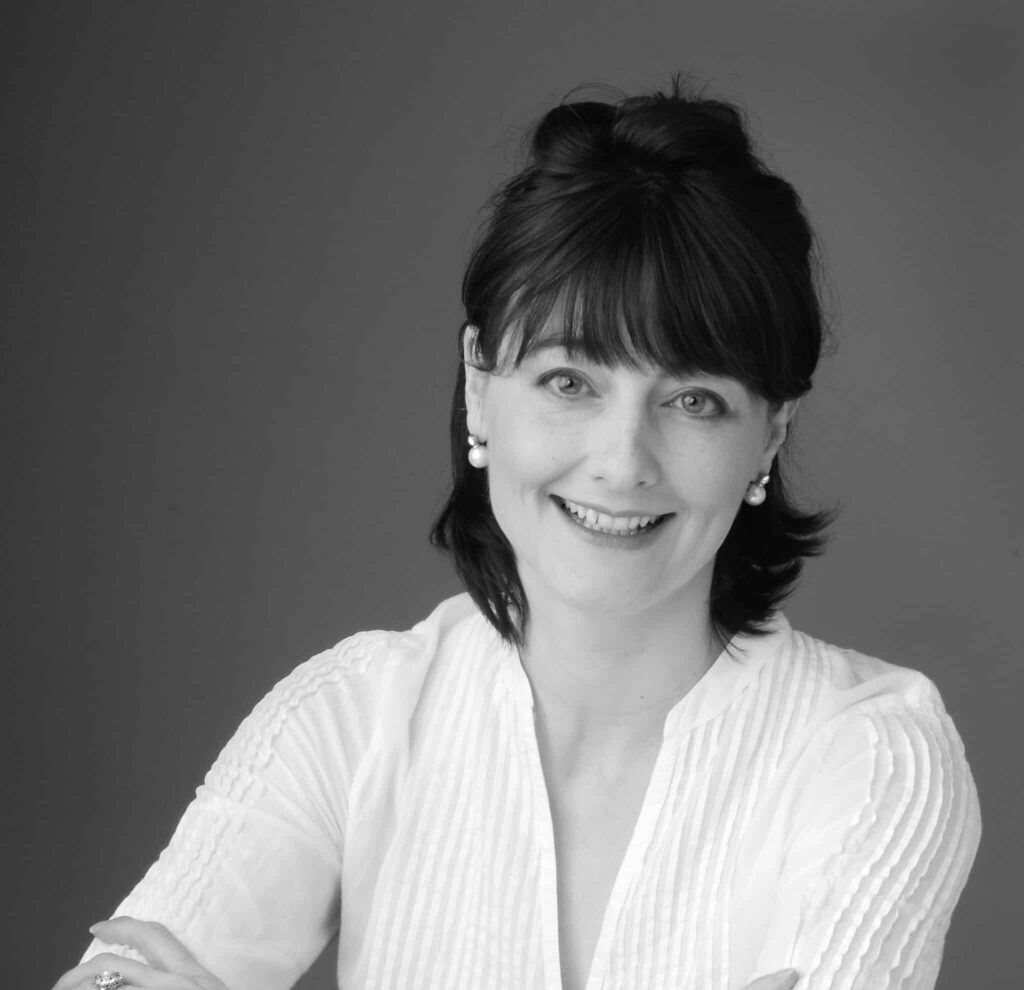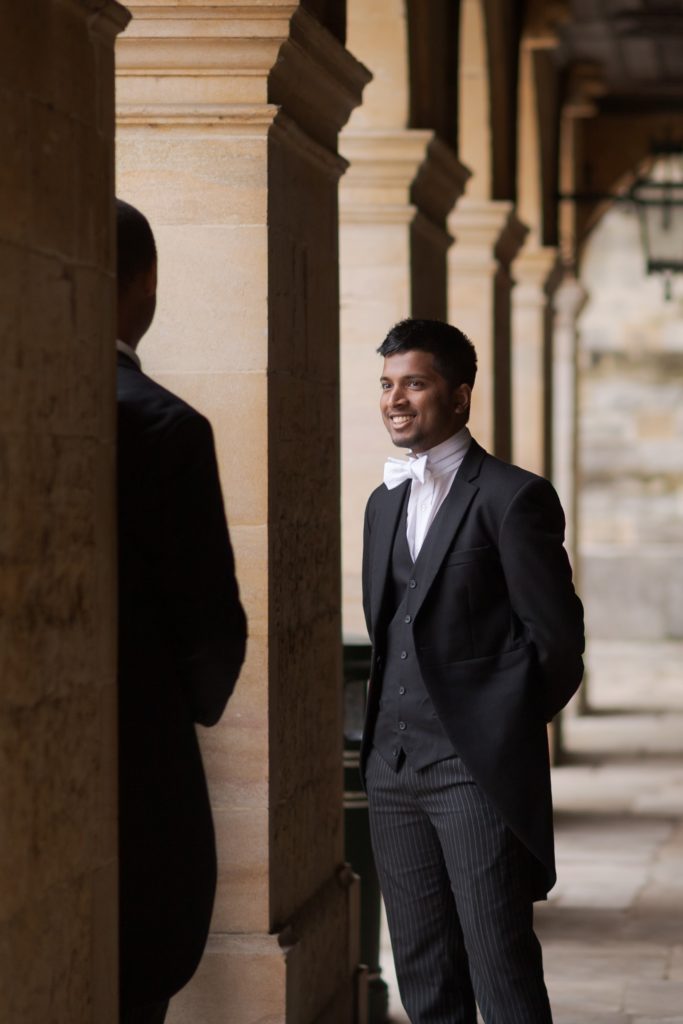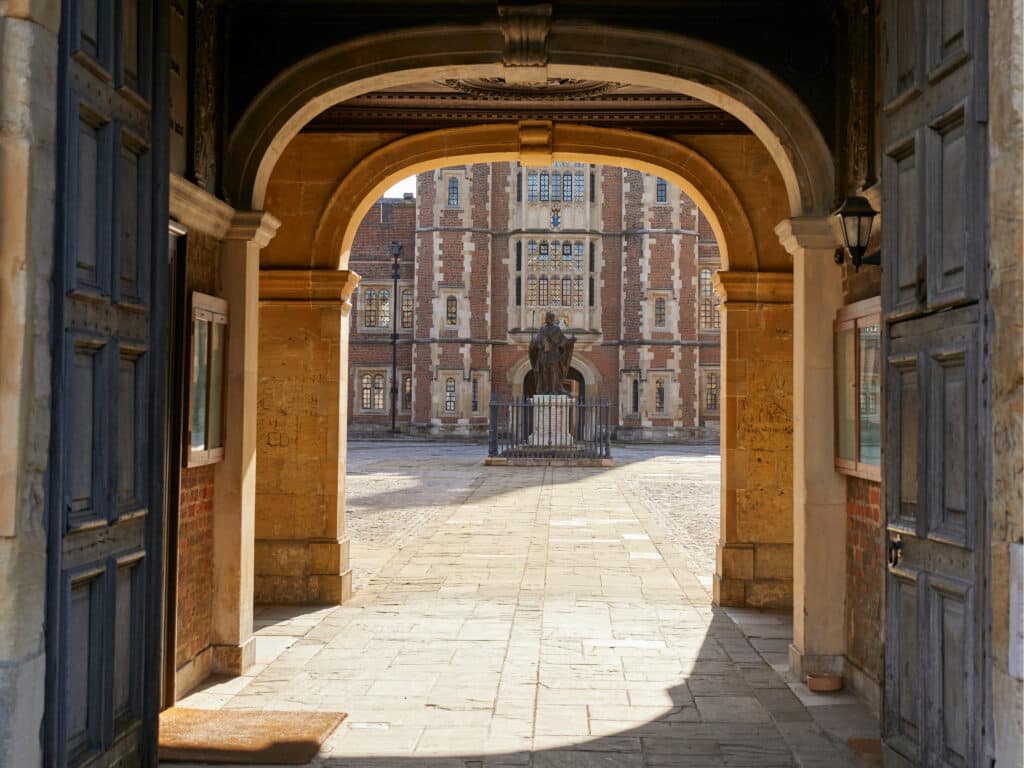Press Officer Jonathan Z recalls competing in last term’s House Maths Challenge.
When College’s House Captain of Games announced the inaugural ‘House Maths Challenge’, the entire boarding House erupted into a frenzy of team organising and preparation. Interestingly, it classified as a House Sport Event; anyone who thought it would be a calm and quiet session, like a maths exam, was very wrong.
The evening came, and the canteen cleared quickly as people rushed to collect protractors, pencils and rubbers. With so many rows of desks and over 100 keen mathematicians, Whitely Sports Hall had never seemed so packed. We were shivering with excitement and anxiety despite the warm summer weather. Standing on top of a desk and shouting at the top of his lungs (it was the only way he could be heard over the excited din!), Dr Moston announced the rules for the three rounds.
The first round was the Group Round. Each team of four had 30 minutes to work together on a set of 10 problems. There were a variety of strategies. Some teams advocated one person working alone on one problem and checking as a group afterwards. Other teams split into two groups of two and tackled five questions each. Topics ranged from combinatorics to geometry, and each table soon became a mess of working out and question paper.
The second round, the Shuttle Round, was when the environment really erupted and the importance of teamwork was proven. Each team was split into two groups. One group was assigned to do question one, after which they pass on the answer they got to the second group. This answer helped group two complete the second question. This cycle continued until four questions had been done. Thus, the success of the team was contingent upon each question. A mistake on the first question would have been fatal.
After this round, there was a short interval as Dr Moston and Mr Dean tallied up the scores, leaving just the top ten teams for the final round. Several College teams accompanied a few Oppidan teams to the finale.
The final round was a Crossnumber round. Again, the team was divided into two. One team had access to the ‘down’ clues while the other the ‘across’ clues. The twist was that the majority of questions involved the answer to other questions. For example, 23 across may well be: The largest square factor of the product of 3 Across and 5 Down. Time was again not on our sides. Thus, the best tactic often involved taking an optimal number of ‘gambles’, by narrowing down an answer to two numbers, filling in one, and checking whether it is correct with the helper. If not, you would then be told what the answer was, so that you could continue with the unknowns.
It was tense. The stakes were high. The scores were close. Eventually, it was announced that JDM was the winner with College Team 5 a close second. The winner was given the Norton Trophy, honouring Simon Norton, Mathematician and OE, and the Marinov trophy, the Design GCSE project of Zachary Marinov.
We extend our sincerest thanks to Dr Moston and the entire Maths Department for their organisation, and all the helpers who played a crucial role in all the rounds, giving up their free time to make such a fun and intellectually rigorous event!



